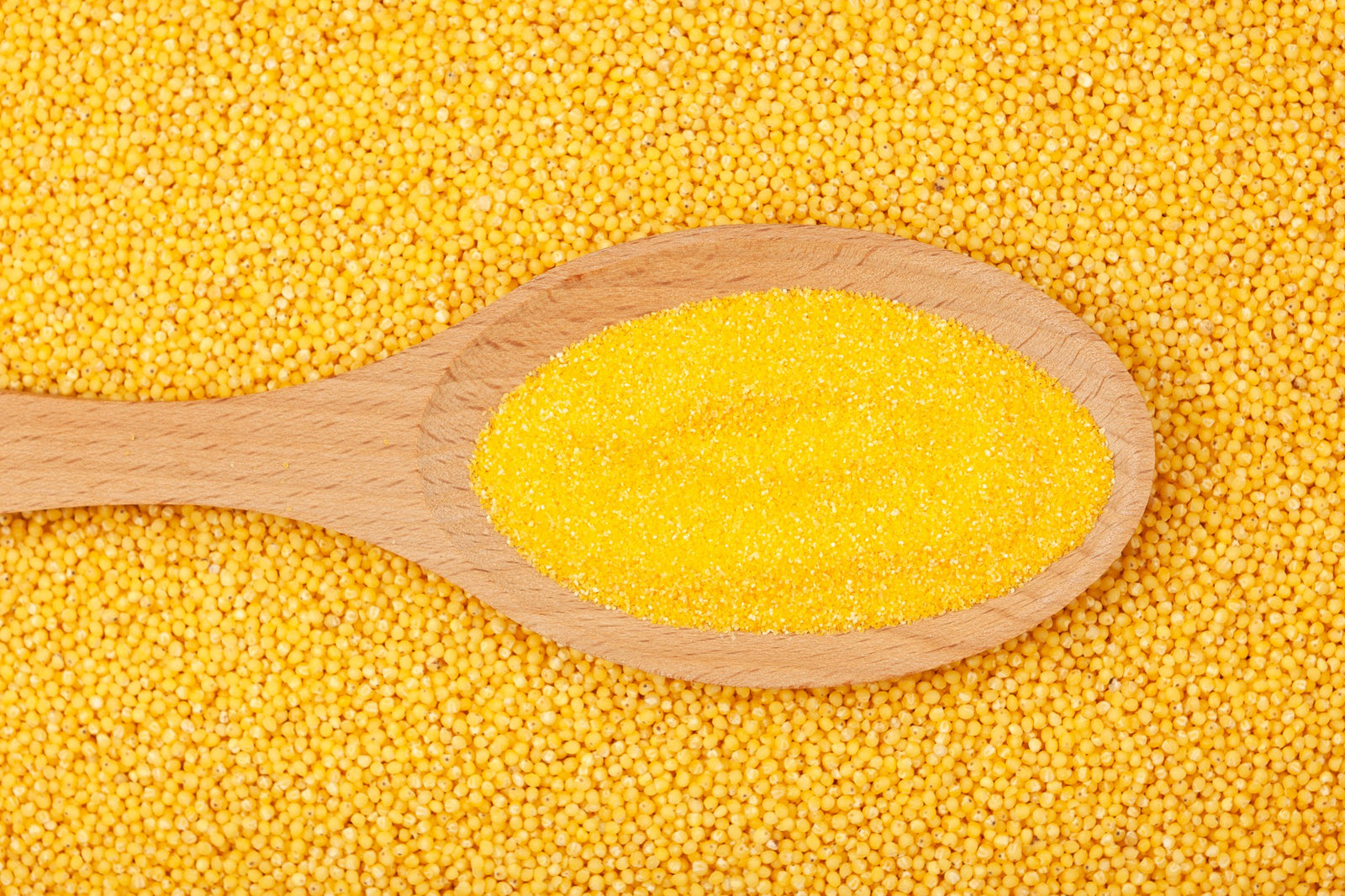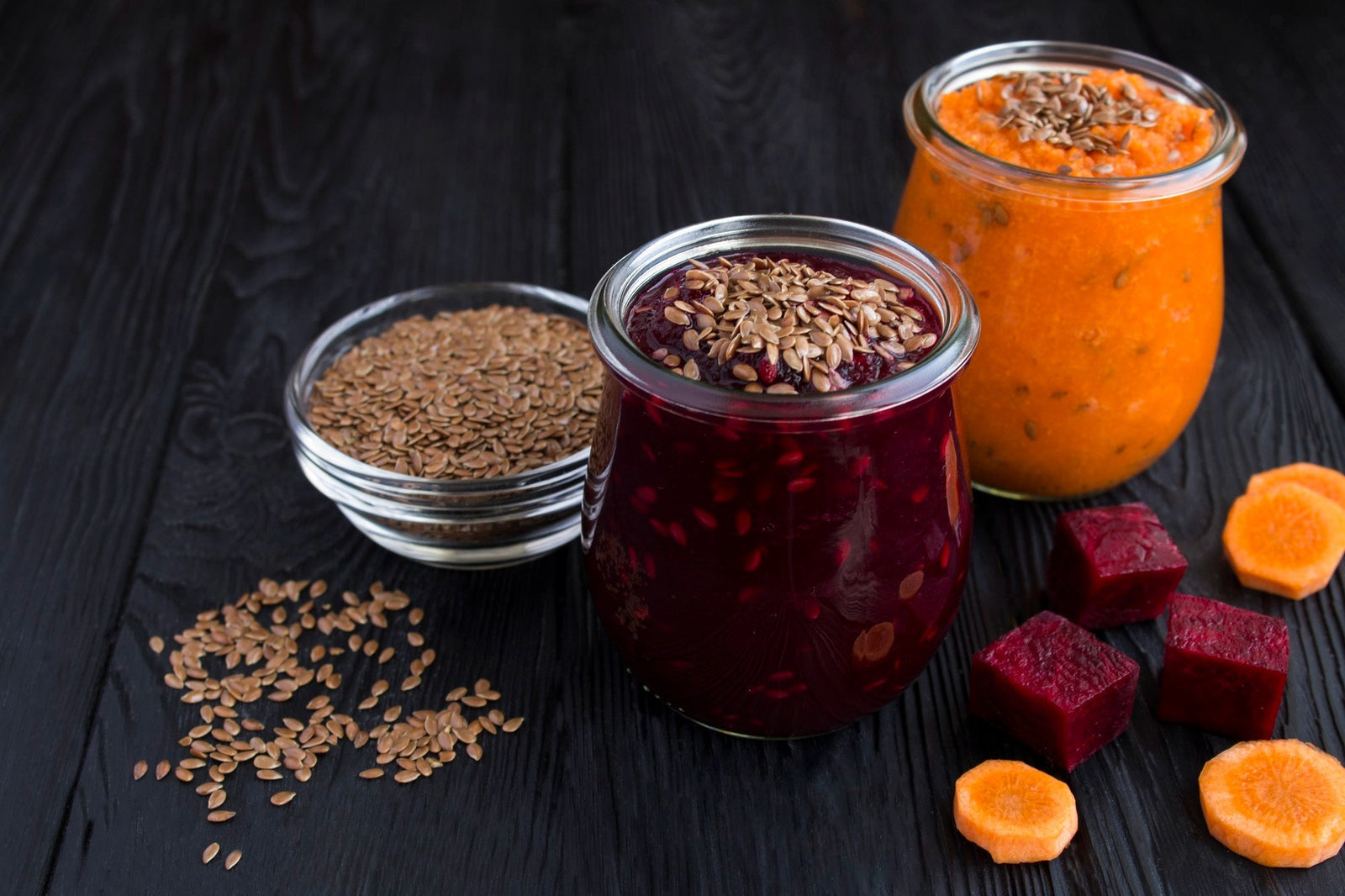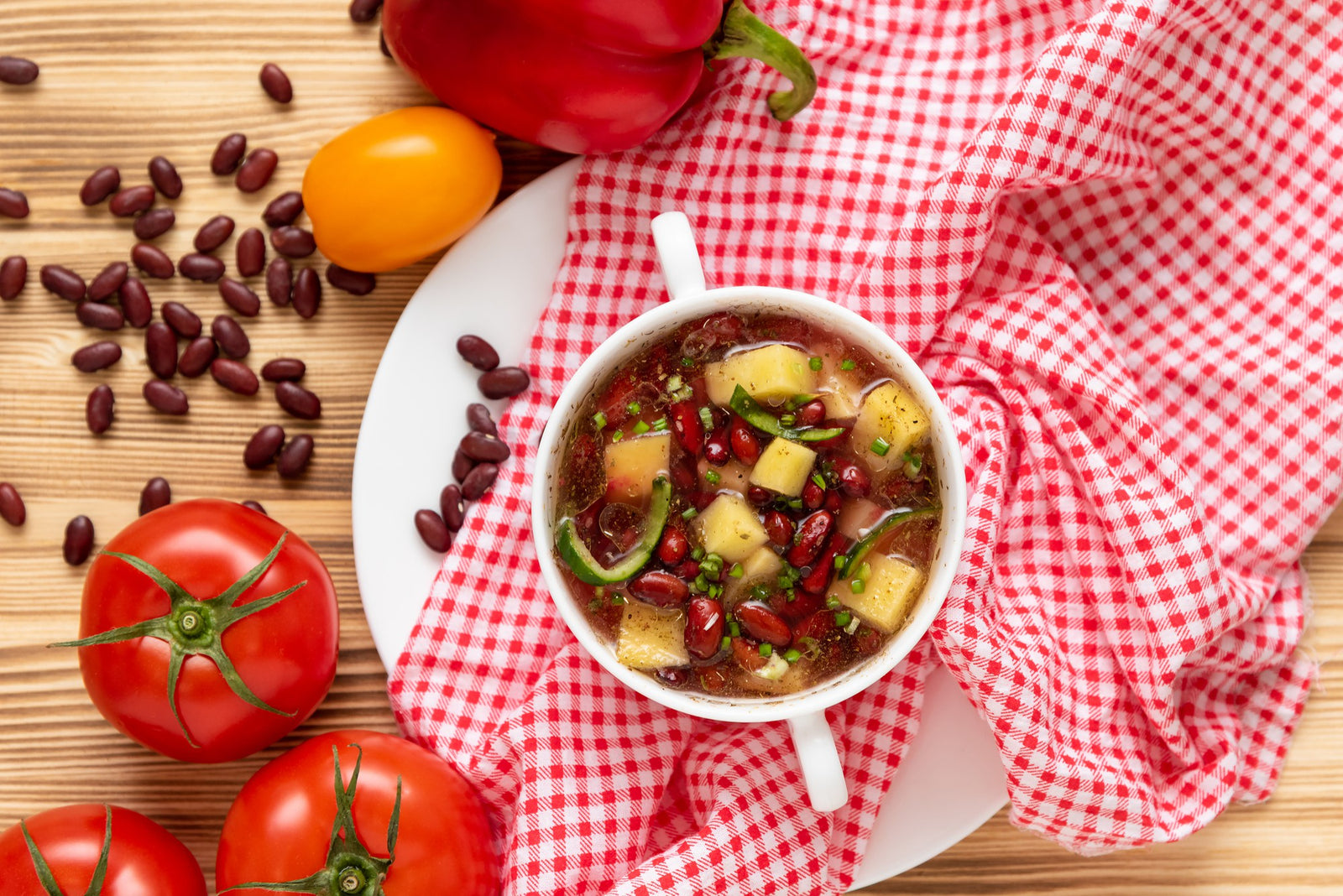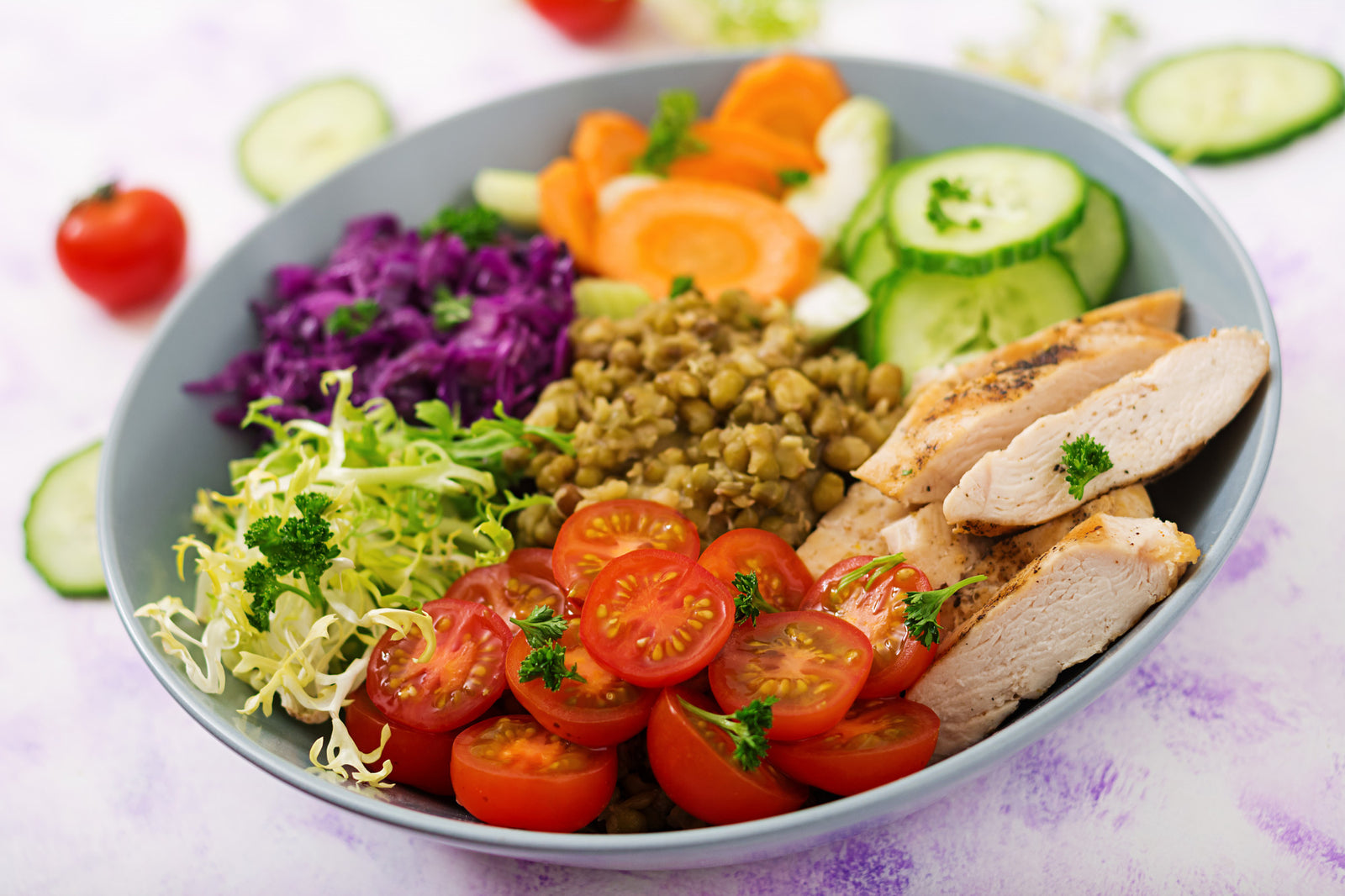
September 02, 2024 4 min read
Hulled millet is a nutritious and versatile ancient grain that has been a staple in many cultures for centuries. Known for its mild, slightly nutty flavor, millet is a gluten-free grain that is easy to digest and packed with essential nutrients like magnesium, phosphorus, and B vitamins. Whether you're new to cooking with millet or looking to perfect your technique, this guide will help you achieve delicious and fluffy results every time.
Before diving into the cooking process, it’s worth understanding why hulled millet is such a valuable addition to your diet:
Cooking hulled millet is simple, but there are a few key steps to ensure it turns out perfectly every time. Here’s how to cook millet on the stovetop:
Before cooking, it’s important to rinse the millet under cold water. This step helps to remove any dust or impurities and reduces the slight bitterness that some people notice in millet.
How to do it:
Toasting millet before cooking enhances its nutty flavor and adds depth to your dishes. This step is optional but highly recommended if you want a richer taste.
How to do it:
Once the millet is rinsed (and optionally toasted), it’s time to cook it. The key to perfect millet is the water-to-grain ratio and the cooking time.

Ingredients:
Instructions:
For those who prefer using a pressure cooker, millet can be cooked quickly and efficiently using this method.
Instructions:

Millet can also be cooked easily in a rice cooker, which is a great hands-off method.
Instructions:
Hulled millet is a versatile and nutritious grain that can be easily incorporated into your diet. With these simple tips and techniques, you can cook perfect millet every time. Whether you’re making a savory side dish, a hearty salad, or a comforting breakfast porridge, millet is a great choice for any meal. Experiment with different flavors and methods to discover your favorite way to enjoy this ancient grain.
❤ Try our USDA certified Organic Hulled Millet ❤
Realted blogs:
Recipes:
Comments will be approved before showing up.

January 27, 2025 3 min read
Flaxseed, the tiny yet powerful superfood, is packed with nutrients that can support weight loss. From curbing hunger to stabilizing blood sugar, this guide dives into the science of how flaxseed can help you shed those extra pounds.

December 11, 2024 3 min read
Discover three quick and easy soup recipes featuring organic small red beans. From a classic vegetable soup to a creamy potato blend, these wholesome recipes are perfect for chilly days and busy weeknights. Packed with flavor and nutrition, these soups will warm your heart and soul this winter!

December 06, 2024 3 min read
This vibrant and nutritious Green Lentil Salad combines tender lentils with grilled chicken, fresh vegetables, and a zesty lemon dressing. Packed with protein, fiber, and essential vitamins, it’s the perfect healthy meal for any time of day.
© 2025 Be Still Farms- Real, Fine Organics.
Privacy | Terms | Refund Policy | Organic Certification
